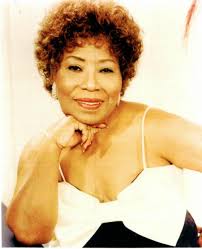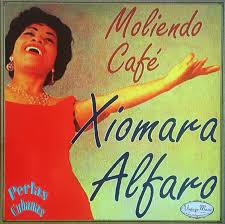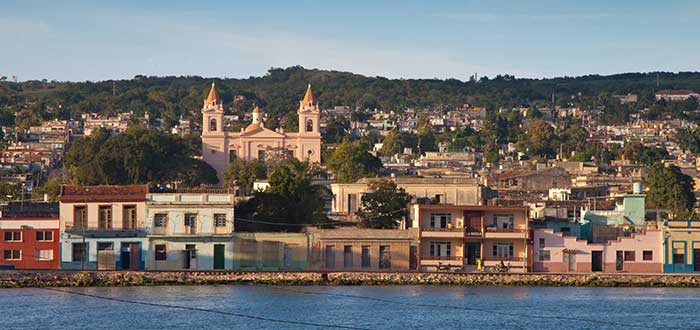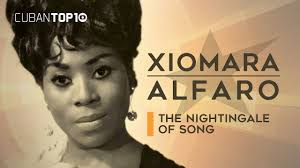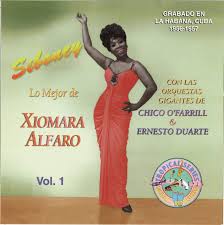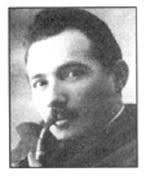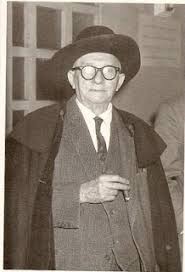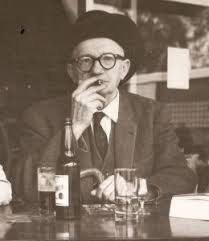 ALARMING PERCENTAGE AGING OF THE CUBAN POPULATION REACHES THE TELENOVELAS OF THE ISLAND.
ALARMING PERCENTAGE AGING OF THE CUBAN POPULATION REACHES THE TELENOVELAS OF THE ISLAND.
Aging in Cuba constitutes an alarming problem with more of 20% of the population aged 60 and over, which is expected to increase by 2025 to more than 25% of the total population, in 2050 the proportion will double. Population aging in Cuba is progressively increasing as a current and future phenomenon of significant connotation; The essential causes of it are associated with the increase in life expectancy, together with the decrease in mortality and the decrease in fertility, as well as the negative migratory balance of the younger population leaving the country permanently.
This relevant increase in the Cuban population as reality has come out at the public level with the new National Television programming. ‘Vuelve a Mirar’ is the new series on the ‘Cubavisión’ channel to represent the island’s high population level and is written by Joel Infante and directed by Ernesto Fiallo.
“Vuelve a Mirar”, which will be shown in the traditional space of the Cuban telenovela of the Cubavisión channel, will approach the problems of representative characters of the growing population segment with ages of more than 60 years, one of the most challenging issues facing the island society.
The protagonists of this choral plot are actors such as Paula Alí, Rubén Breñas, Osvaldo Rojas, Roque Moreno, Manuel Porto, Nieves Riovalles, Miriam Socarrás, in a cast of around 70 interpreters, many of them veterans.
COMMENTS OF A NATIONAL REALITY
We are used in Cuba for the protagonists of telenovelas to be young, beautiful, “said Cuban screenwriter Amílcar Salatti when referring to the theme of the next premiere of the popular national telenovela space.” This novel worried me because they are old and I have I had the experience of other novels that have subplots of elderly people and people make a certain rejection when they kiss or show a certain intimacy, but hey, it had to be assumed as a risk, because I really think we talk a lot about that we are getting old, that we are a country of old people, but we are not really prepared for that, “he said in an interview with the official website Cubasí.
According to the director, Ernesto Fiallo, “the most important thing about the novel is the theme it deals with. It has been a long time since the issue of the elderly was touched on in television, its own conflicts, intergenerational conflicts and there more or less goes the story and with many interesting subplots, where there are adolescents, young people. You can enrich a little that structure that is based on the third age, starts from there. ”
Salatti affirmed that the series is “a look at that last stage of life”, although it will not stop being entertaining.
He also defined it as “a useful novel, really, didactically speaking. I think it is a useful novel because if we are an aging country, we must learn to be old as well and it is necessary that society and the State understand that we must take certain actions to be old with dignity, learn to respect and live with the elderly and also be clear that we are all going there. ”
 EL ALARMANTE PORCENTAJE DE ENVEJECIMIENTO DE LA POBLACION CUBANA LLEGA A LAS TELENOVELAS DEL PAIS.
EL ALARMANTE PORCENTAJE DE ENVEJECIMIENTO DE LA POBLACION CUBANA LLEGA A LAS TELENOVELAS DEL PAIS.
El envejecimiento en Cuba constituye un problema alarmante con mas de un 20 % de la población con 60 años y más, que se espera sera para el 2025 un aumento de mas del 25 % de la población total, en el 2050 se duplicará la proporción. El envejecimiento poblacional en Cuba se incrementa progresivamente como fenómeno actual y futuro de significativa connotación; las causas esenciales del mismo se asocian al incremento de la esperanza de vida, unido a la disminución de la mortalidad y al descenso de la fecundidad, así como al saldo migratorio negativo en la salida del pais permanentemente de la población más joven.
Ese acrecentamiento relevante de la poblacion cubana como realidad ha salido a nivel publico con la nueva progracion de la Televisión Nacional. ‘Vuelve a mirar’ es el nuevo seriado del canal ‘Cubavisión’ para representar al elevado nivel poblacional de la Isla y que esta escrita por Joel Infante y dirigida por Ernesto Fiallo.
“Vuelve a Mirar”, que será exhibida en el tradicional espacio de la telenovela cubana del canal Cubavisión se aproximará a los problemas de personajes representativos del cada vez mayor segmento poblacional con edades de más de 60 años, uno de los asuntos más desafiantes que enfrenta la sociedad de la Isla.
Los protagonistas de esta trama coral son actores como Paula Alí, Rubén Breñas, Osvaldo Rojas, Roque Moreno, Manuel Porto, Nieves Riovalles, Miriam Socarrás, en un elenco de alrededor de 70 intérpretes, muchos de ellos veteranos.
COMENTARIOS QUE ENVUELVEN UNA REALIDAD NACIONAL
Estamos acostumbrados en Cuba a que los protagonistas de las telenovelas sean jóvenes, lindos”, señaló el guionista cubano Amílcar Salatti al hacer referencia al tema del próximo estreno del popular espacio de la telenovela nacional. “Esta novela me preocupaba, porque son viejos y he tenido la experiencia de otras novelas que tienen subtramas de personas de la tercera edad y la gente hace un cierto rechazo cuando se besan o se muestra cierta intimidad, pero bueno, hubo que asumirlo como riesgo, porque realmente creo que hablamos mucho de que nos estamos poniendo viejos, de que somos un país de gente vieja, pero no estamos realmente preparados para eso”, señaló en entrevista con el sitio oficial Cubasí.
De acuerdo con el director, Ernesto Fiallo, “lo más importante de la novela es la temática que trata. Hace mucho tiempo que el tema de la tercera edad no se tocaba dentro de la televisión, sus conflictos propios, los conflictos intergeneracionales y por ahí más o menos va la historia y con muchas subtramas interesantes, donde hay adolescentes, jóvenes. Se puede enriquecer un poco esa estructura que se basa en la tercera edad, parte de ahí”.
Salatti afirmó que el seriado es “una mirada a esa última etapa de vida”, si bien no por ello dejará de ser entretenido.
La definió además como “una novela útil, realmente, hablando didácticamente. Yo creo que es una novela útil, porque si somos un país que envejece hay que aprender a ser viejo también y es necesario que la sociedad y el Estado entiendan que hay que tomar ciertas acciones para ser viejos con dignidad, aprender a respetar y convivir con la tercera edad y estar claros también de que todos vamos para allá”.
Agencies/ DDC/ Internet Photos/ Extractos/ Excerpts/ Arnoldo Varona/ www.TheCubanHistory.com
THE CUBAN HISTORY, HOLLYWOOD.











